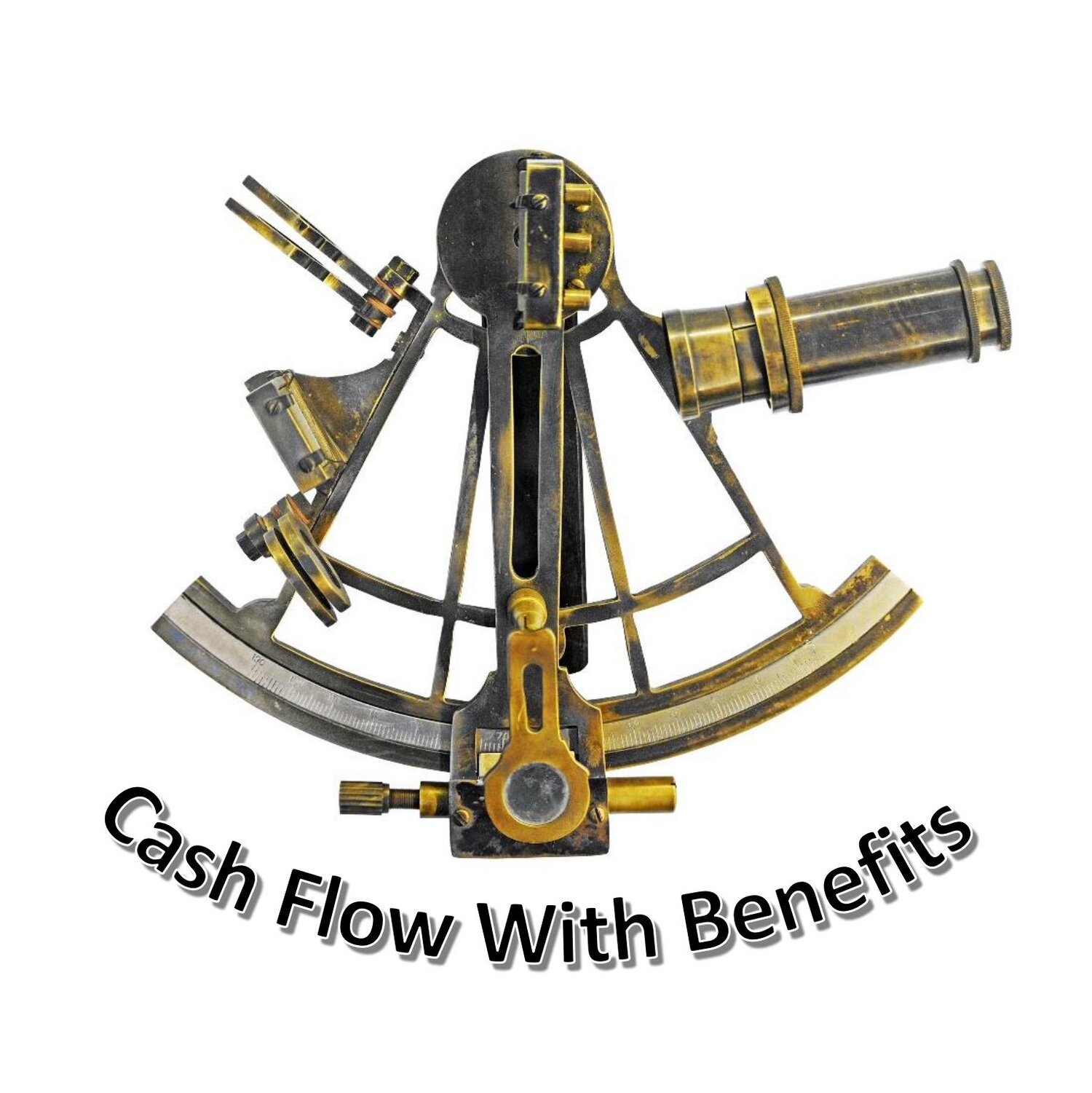This is the core of Nash’s system, setting aside funds in your dividend-paying whole life insurance that you would otherwise pay directly to financial organizations to finance expenditures so that you can finance the expenditures yourself, as a result capturing for your benefit the interest you would otherwise be paying to others.
To fully understand the infinite banking concept, Nash states, more explanation is needed. It generally requires four years or so of premium contributions to generate enough cash value to begin financing purchases. To be able to finance a car is likely to require somewhat more than four years. Given that many college business professors, according to Nash, teach that corporations invest with the idea that it will require at least seven years to turn a profit on a new investment, he suggests capitalizing each life insurance policy bought using the IBC concept for no less than seven years so that dividends from the policy are enough to pay all remaining policy premiums.
Ideally, Nash states, those using infinite banking will utilize a number of insurance policies, rather than just one, to get the most out of the system. To maximize its potential, after purchasing the maximum amount of life insurance a company will issue on your life, Nash suggests purchasing insurance on the lives of others on whom you have an insurable interest.
He estimates it will require approximately 20 to 25 years for the average individual to fully assemble a banking system that can handle all of their financing needs using life insurance. However, once such a system has been built, Nash states, it can be passed down to future generations, assuming they have the discipline not to “go out the back door of the grocery store,” i.e. steal from yourself, and continue to adequately fund the policies.
Nelson Nash points out that life insurance contracts are owned, not by the insurance company, but by the policy owner, who is first in line when it comes to having the right to access all of the cash in the policy if they choose to do so. Tax-deferred dividends received in a policy can be used to purchase additional paid-up insurance, resulting in consistently compounding returns on a continually increasing base.
